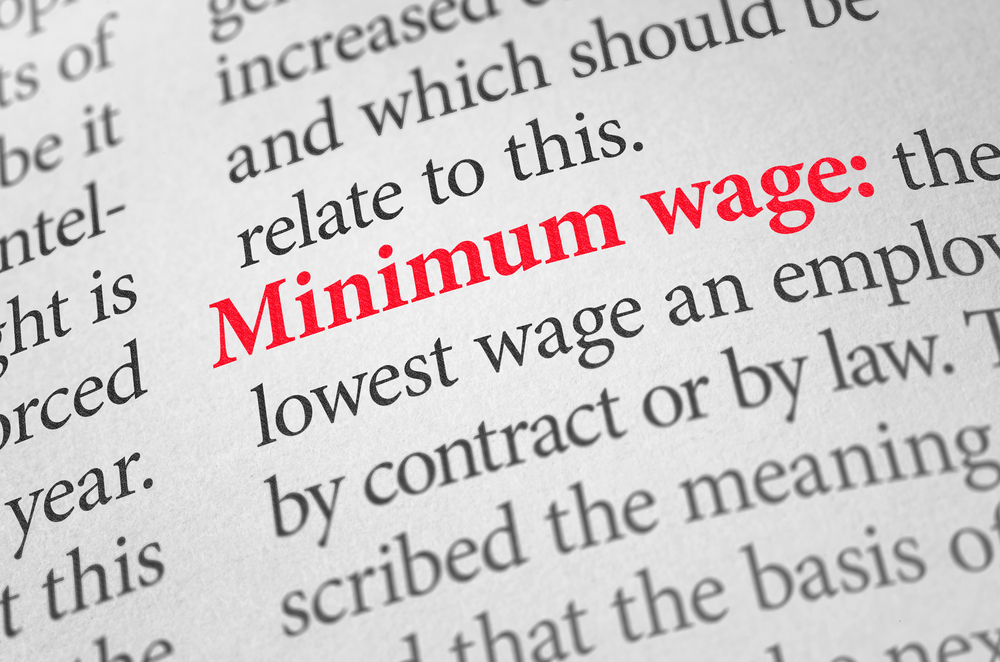Minimum Wage Rises in 2018 and 2019
The minimum wage is the lowest possible rate that employers can pay employees. It was first introduced in 1938 at a rate of $0.25 an hour. At the time, the purpose of setting a minimum wage was to stabilize a post-depression economy in the United States. It was also used to protect the workers in a labor force.
The state minimum wages increased in 18 states at the end of 2018. According to a report by the National Employment Law Project, towards the end of 2018 and into 2019, “18 states and 19 cities have set an increase for 2019.” The minimum wage increase ranges from $0.35 to $1.00. This change has the potential to help about 4.5 million workers in the United States. According to the Huffington Post, “A Huffington Post YouGov poll last year found that more than half of all Americans thought a minimum wage raise would be good for workers, while only a third thought it would be a bad idea.” The majority of the workers believe that the rise of minimum wage would benefit the United States.
According to abc News, wages have increased because of legislation or ballot measures. The states impacted by these changes were Arizona, California, Colorado, Hawaii, Maine, Michigan, New York, Rhode Island, Vermont and Washington. Wages have also increased because of automatic inflation adjustments. The states affected include Alaska, Florida, Minnesota, Missouri, Montana, New Jersey, Ohio and South Dakota.
States like California, Maine, and Massachusetts, have increased their minimum wage by $1.00. In the upcoming months of 2019, Delaware and Oregon also plan on increasing their wages by $1.00. Raising the wages will positively impact the United States; it increases workers’ incomes and it also boosts the economy.
However, some people believe that increasing the minimum wage will lead to more unemployment and poverty because companies will not be able to afford paying as many employees as before. On the contrary, The Washington Post published an article which states that raising minimum wage rate, “would reduce the number of people living in poverty by 4.6 million. It would also boost the incomes of those at the 10th percentile by $1,700. That is a significant increase in the quality of life for our worst off that doesn’t require the government to tax and spend a single additional dollar.”
Most states started to increase their minimum wages which have increased workers’ incomes. With greater incomes, the economy is able to grow, and the United States strengthens economically.








